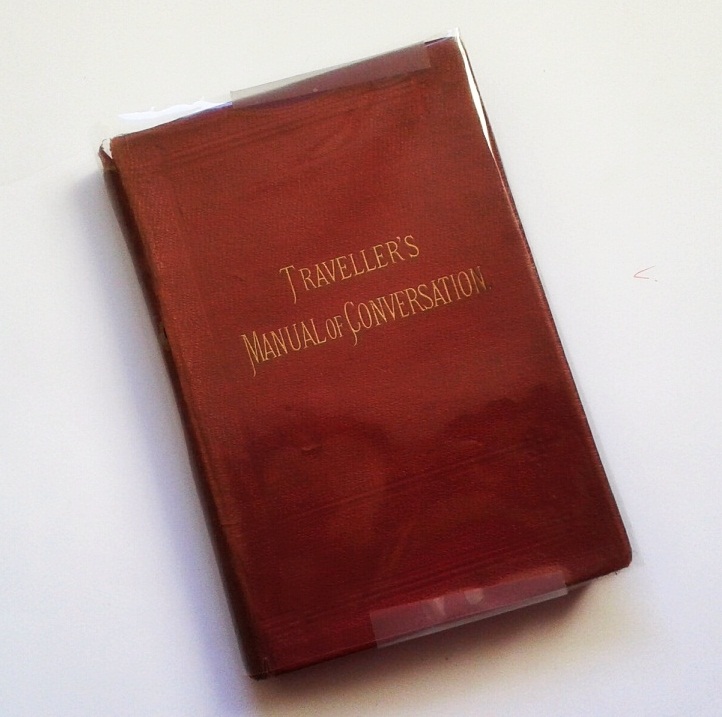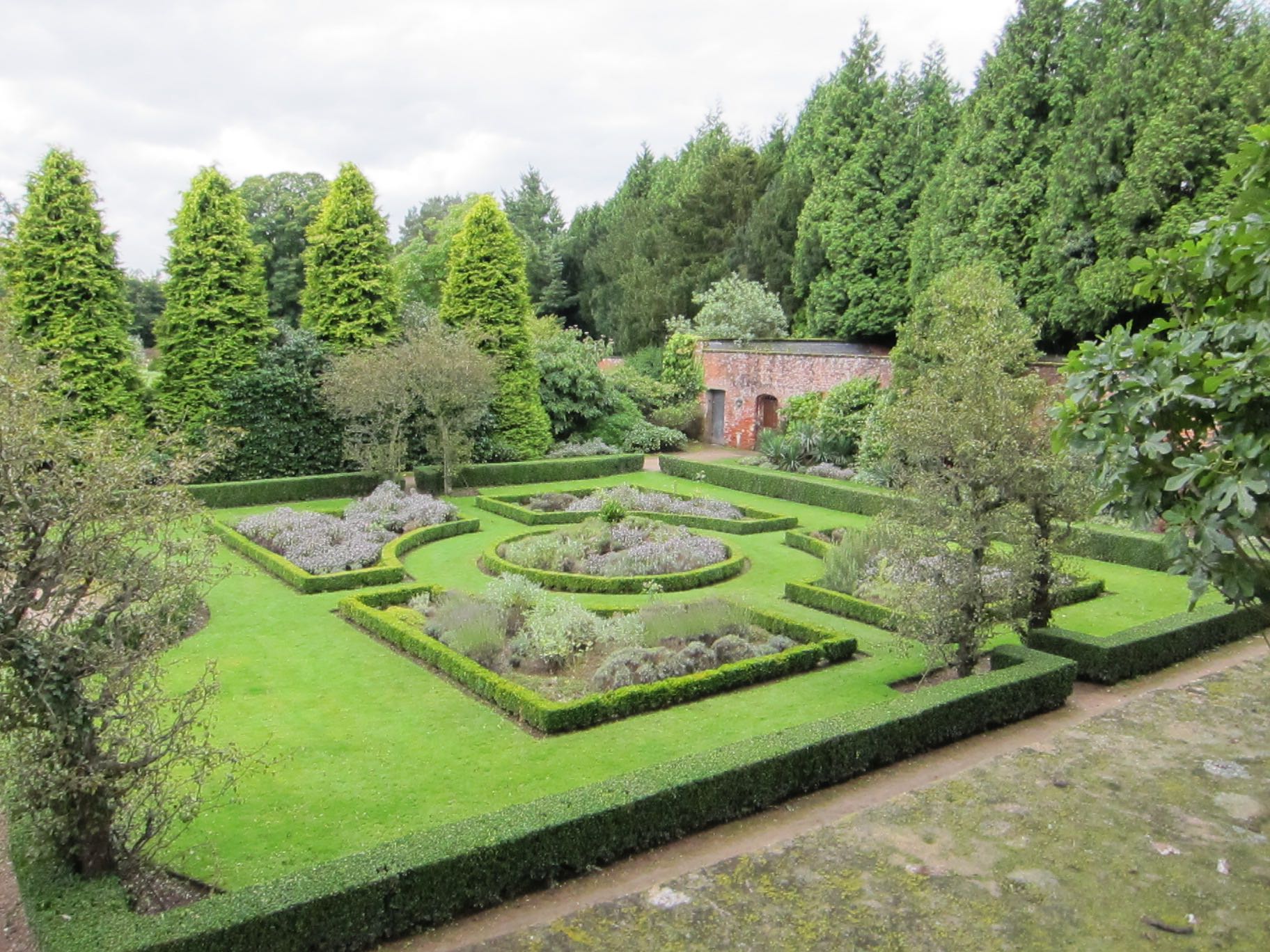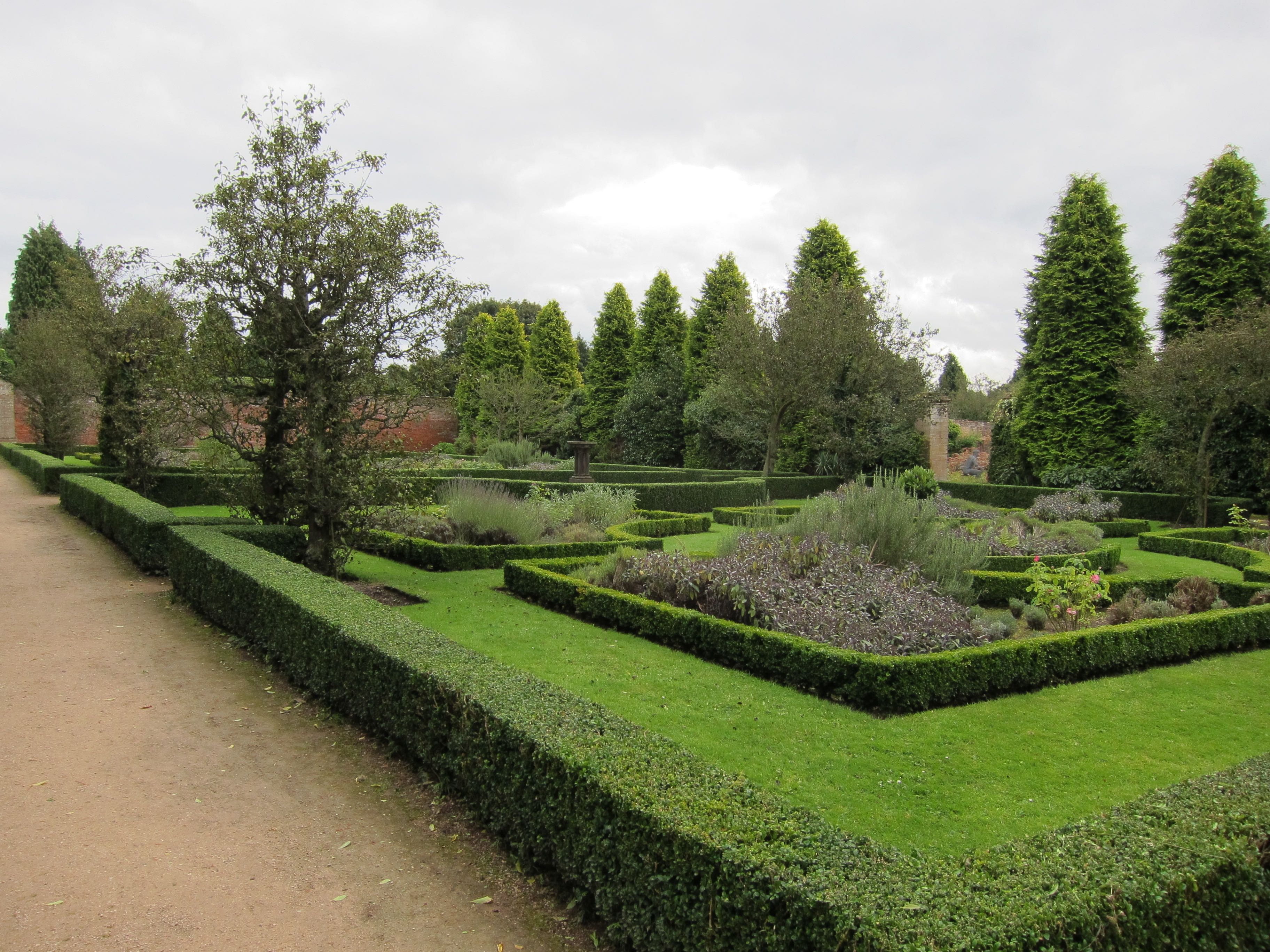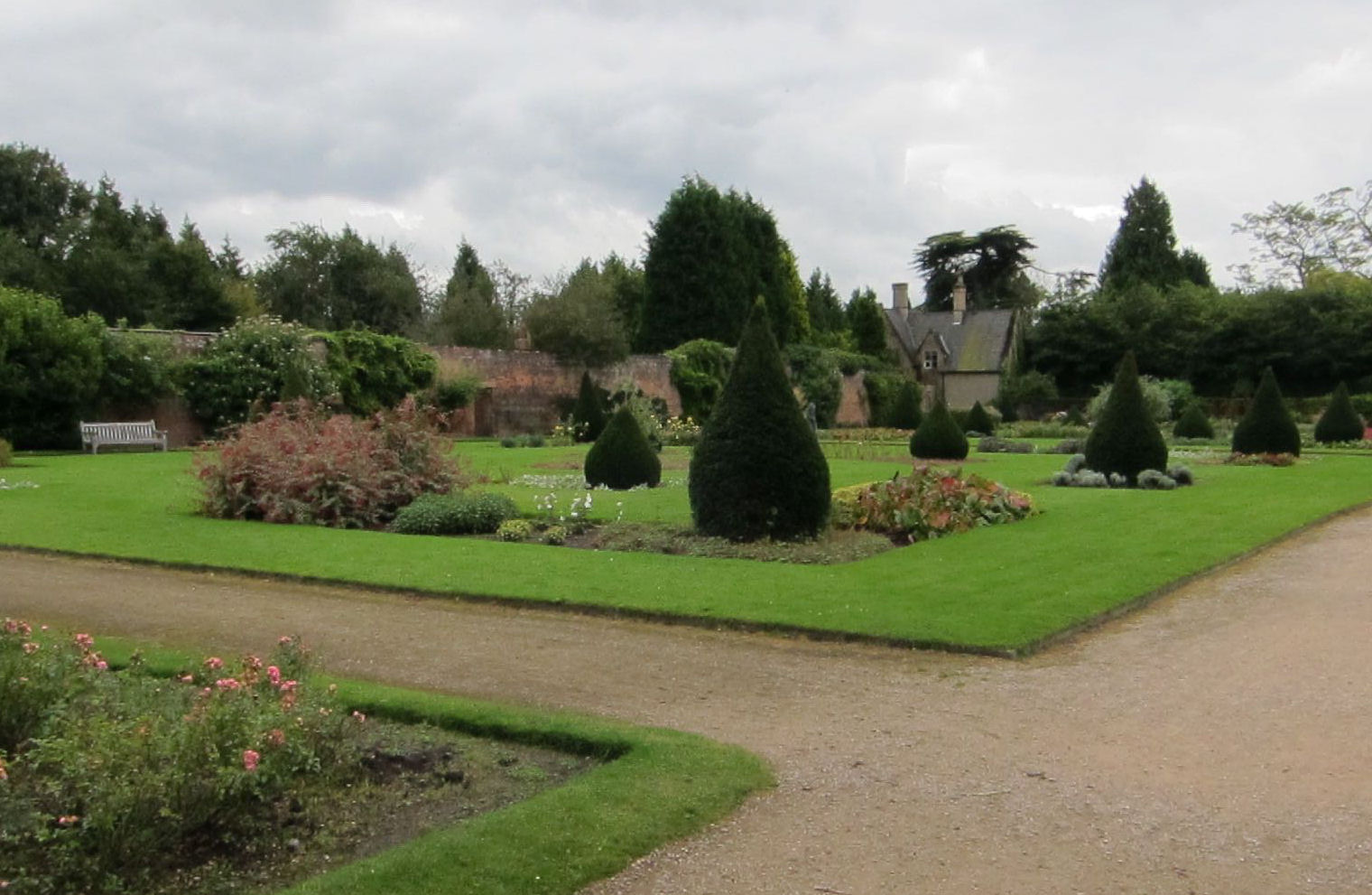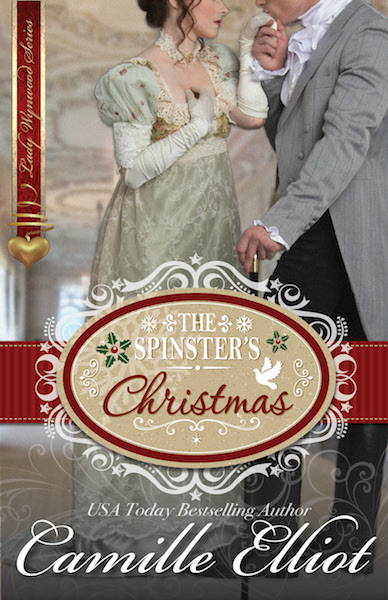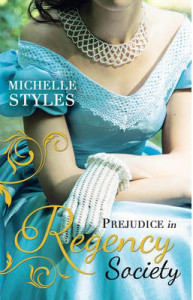Historical fiction addicts –er, fans –like us love being swept back in time to the period of whatever story we are reading (or writing). At this blog, we focus on the English Regency primarily, but not exclusively. Sandy’s writing a series set in Roman times. Amanda’s been creating Elizabethan mysteries for a while now. Clearly, we all love history. Immersing ourselves in stories set in the past offers us a very satisfying way to “play in the past”, living it through the characters on the page. But have you ever felt that you wanted more of a direct experience than you could get by imagining yourself in a story? Have you ever tried participating in “living history” activities?
Confession time: I am a renegade medievalist. Yes, my historical stories are all set in the Regency, a period I love. But in my rare spare time, I sometimes play in a recreated “living history” medieval world as a member of the Society for Creative Anachronism (SCA). I also occasionally do Regency, 18th century, or even Victorian.
The concept of “living history” as a hobby has had tremendous traction over the past forty-plus years. Back in 1966 when the SCA began as the result of a medieval-themed party in Berkeley, CA, there were nowhere near as many different groups recreating as many different time periods as there are today. If you Google “living history groups US” you get 332 million results!! (better specify time period and location!) Wikipedia offers a “historical reenactment groups” list with over 300 entries, still far from complete. Among those, the SCA, an international educational organization that covers “early medieval to early Renaissance” periods, is one of the largest, now in ten countries, but still not as widespread as Nova Roma (covering ancient Rome), found in 15 countries.
“Living History” has also become widely adopted as a teaching method in museums and at historical recreation sites, but that’s a little bit different. I can tell you it’s a great way to do research for stories, through the people you meet and the opportunities to learn. Do you want to know how it feels to wear a corset? Or how to load a flintlock rifle? How period food tastes? Or how heavy a “two-handed” sword might be? But be warned, doing it can be consuming and highly addictive because it’s such fun!
“Living History” enthusiasts differ from re-enactors, although there is plenty of overlap. Most re-enactor groups are military, recreating specific units and/or specific events, especially battles. There’s going to be a reenactment of the Duchess of Richmond’s ball on the night before Waterloo, as part of the anniversary of that famous battle 10 days from now. (Wouldn’t you just LOVE to be there?) Despite differences, all these groups attempt at varying levels to capture the details of life and “portray the look and actions of” people from a particular time period –the clothes, the food, the day-to-day activities, the pastimes, the arts, crafts, science –in the effort to bring the time to life.
I can’t speak for other groups, but in the SCA the key to all of one’s participation is the creation of a persona, a character who is your medieval alter-ego, anchored in a specific time, place and culture within the range the SCA covers. Creating a persona gives you the entry point for the research and practice of whatever you are interested in doing. My persona (English, of course), Asenath Chamberly of Morrismount, slides around in time a bit, because my interests in costuming and dance expanded well beyond what would have fit her lifetime. But other SCAdians (and other groups) may follow a much stricter approach.
 This interest in “recreating” the past as recreation isn’t just a modern idea. Queen Victoria was fond of giving costume balls themed to specific times in history, and the first Queen Elizabeth enjoyed tournaments that were intended to recreate the jousting feats of an earlier age. Here is a link to a brief video of an “Assembly” I recently attended, held in a 1789 ballroom where George Washington may have danced. (I bet the floor was a lot more even back then!) I am standing in the back watching the dancers, as we were very hot and tired by then!
This interest in “recreating” the past as recreation isn’t just a modern idea. Queen Victoria was fond of giving costume balls themed to specific times in history, and the first Queen Elizabeth enjoyed tournaments that were intended to recreate the jousting feats of an earlier age. Here is a link to a brief video of an “Assembly” I recently attended, held in a 1789 ballroom where George Washington may have danced. (I bet the floor was a lot more even back then!) I am standing in the back watching the dancers, as we were very hot and tired by then!
If you are interested in groups concentrating on the Regency, there are many to choose from, depending on where you are located. Some western U.S. ones include: Bay Area English Regency Society, the Oregon Regency Society, the Arizona Regency Society, and PEERS (the Period Events and Entertainments Re-Creation Society –not limited to Regency). There’s also the Regency Society of America, FOER (Friends of the English Regency), the Elegant Arts Society, and many more.
Do you “play in the past” beyond the pleasures of reading? If you were going to, what time periods would you most be interested in recreating?





